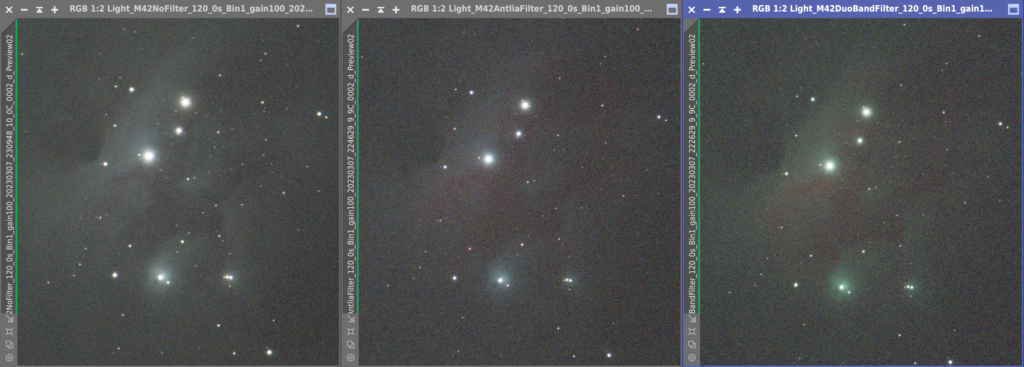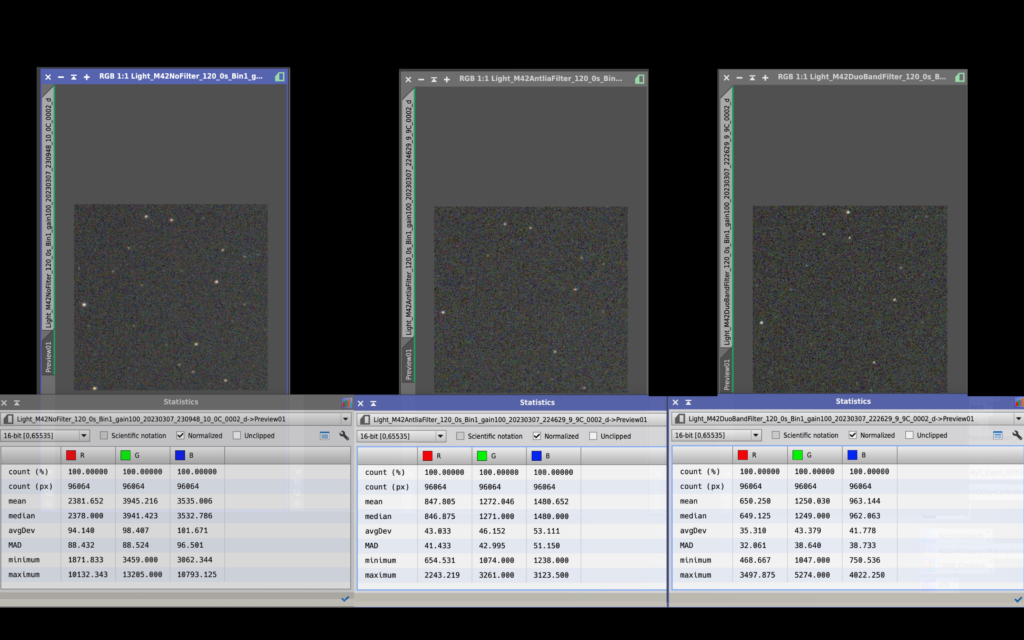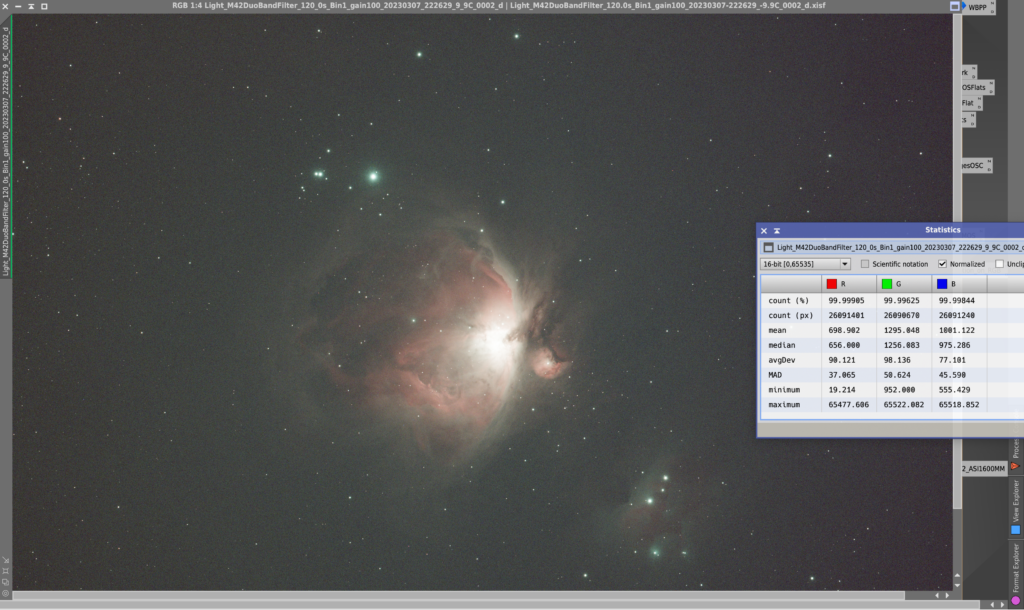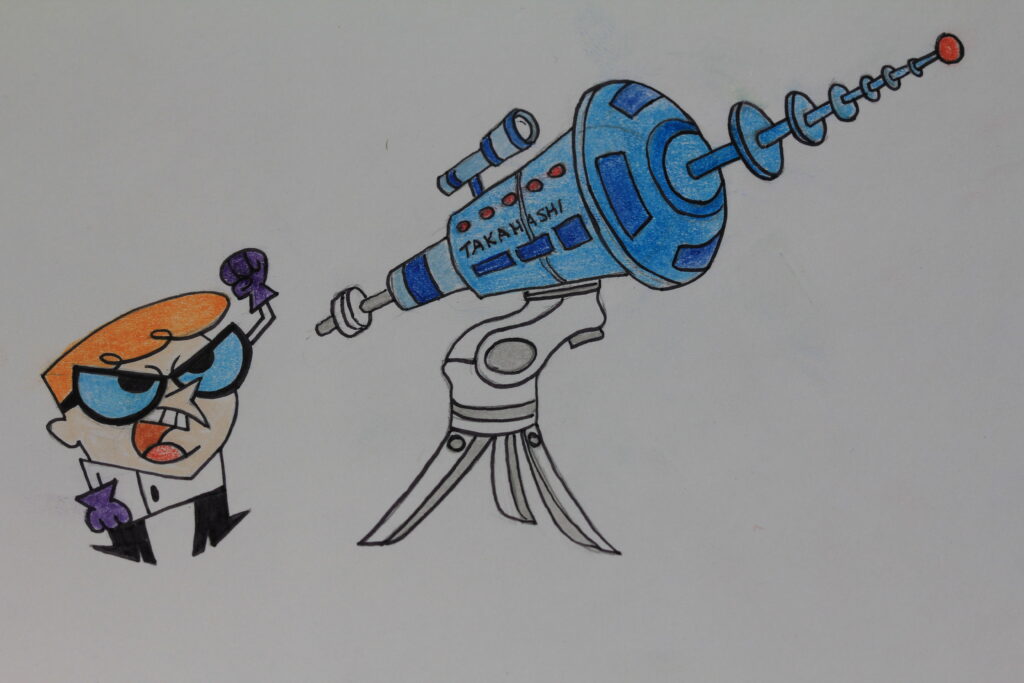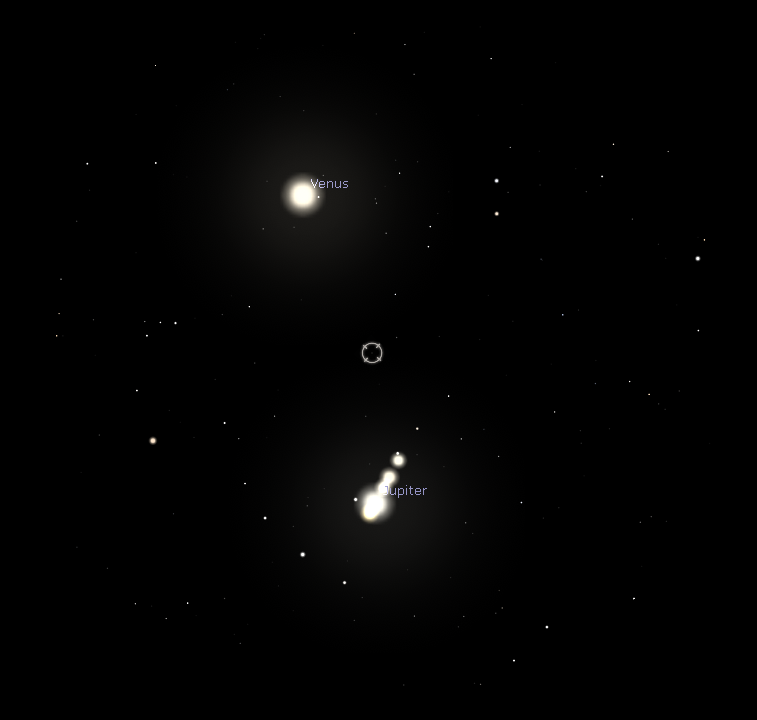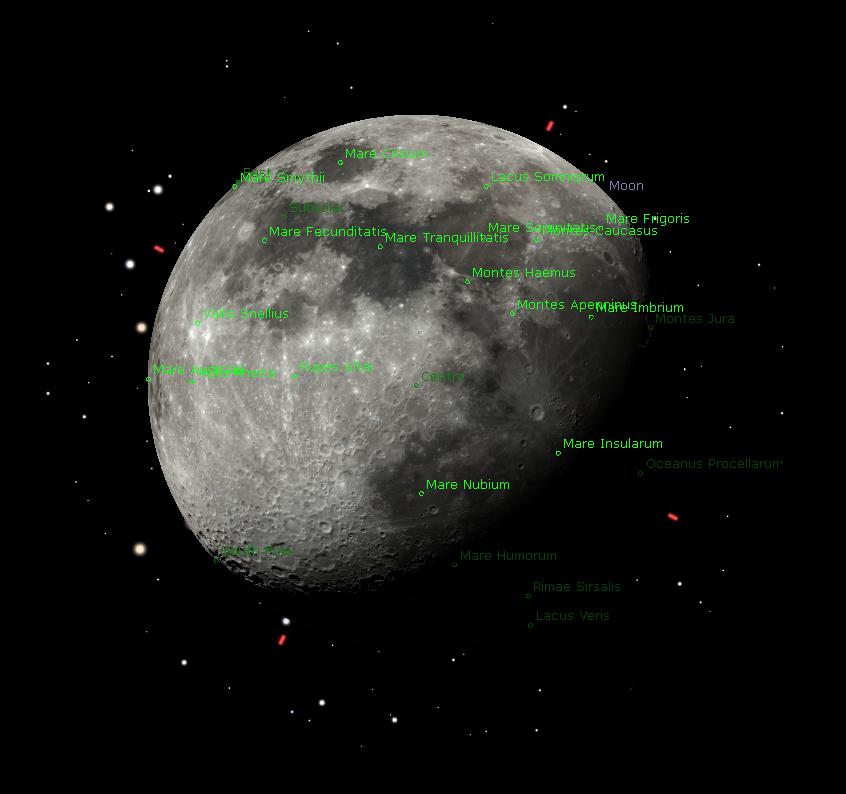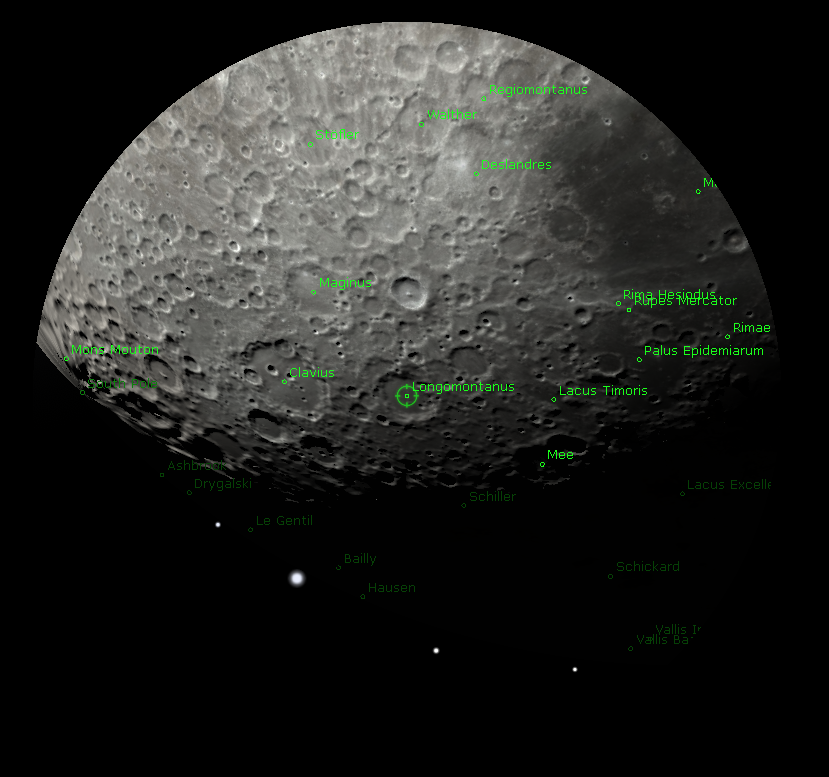Between 9pm and 12:30am both nights

A week with the family in Tenerife afforded me the opportunity to test out for the 2nd time this year the Skywatcher 100 Esprit on the AM5 harmonic mount with the ASIAIR in control and the ASI2600MC with a new Antlia Triband RGB Ultra filter.
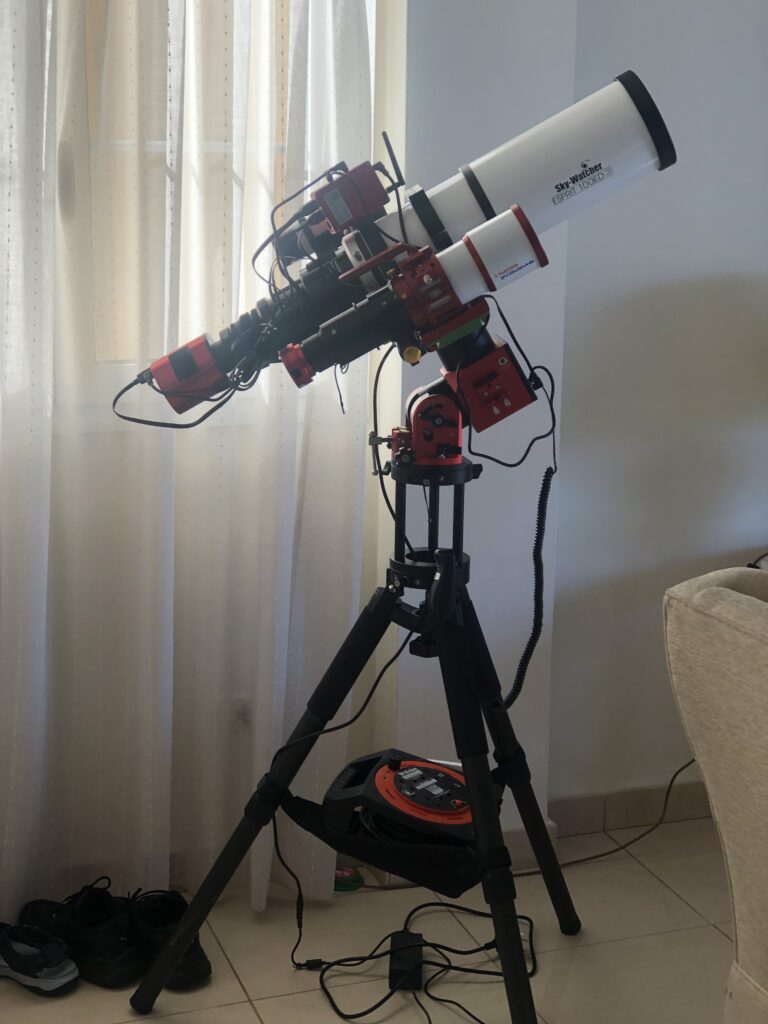
Over the period of the week I picked 2 nights when I wanted to observe. Because of the clement environment of Tenerife and the Canaries and unlike the UK, you can decide when to go out and image as almost all nights are clear, the weather warm, around 22 deg Celsius and the bed not that far away from the pool. Given when we were on holiday which was decided around other activities, the Moon phase was Full.
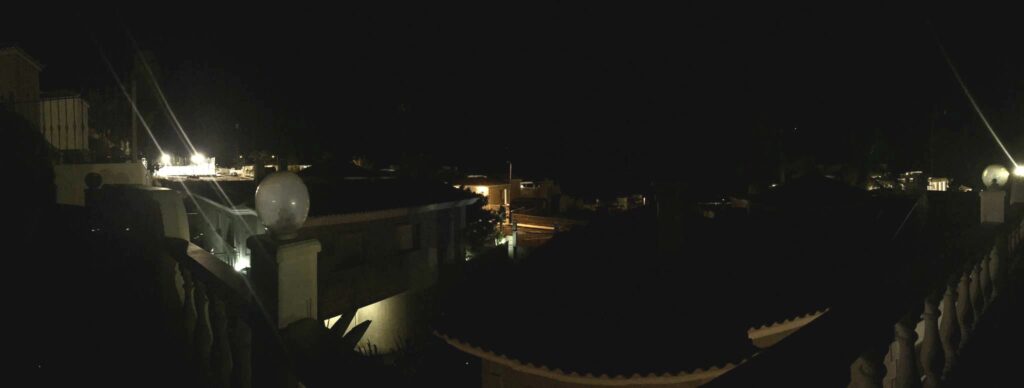
The one problem with renting a villa is when the owners will not pinpoint where on a map it is. There is normally a reason. In this case it was because of the proximity of the local sports buildings. A swimming pool to the front of the villa including a floodlit pitch and 2 more flood lit pitches to the left and right of the villa at the rear.
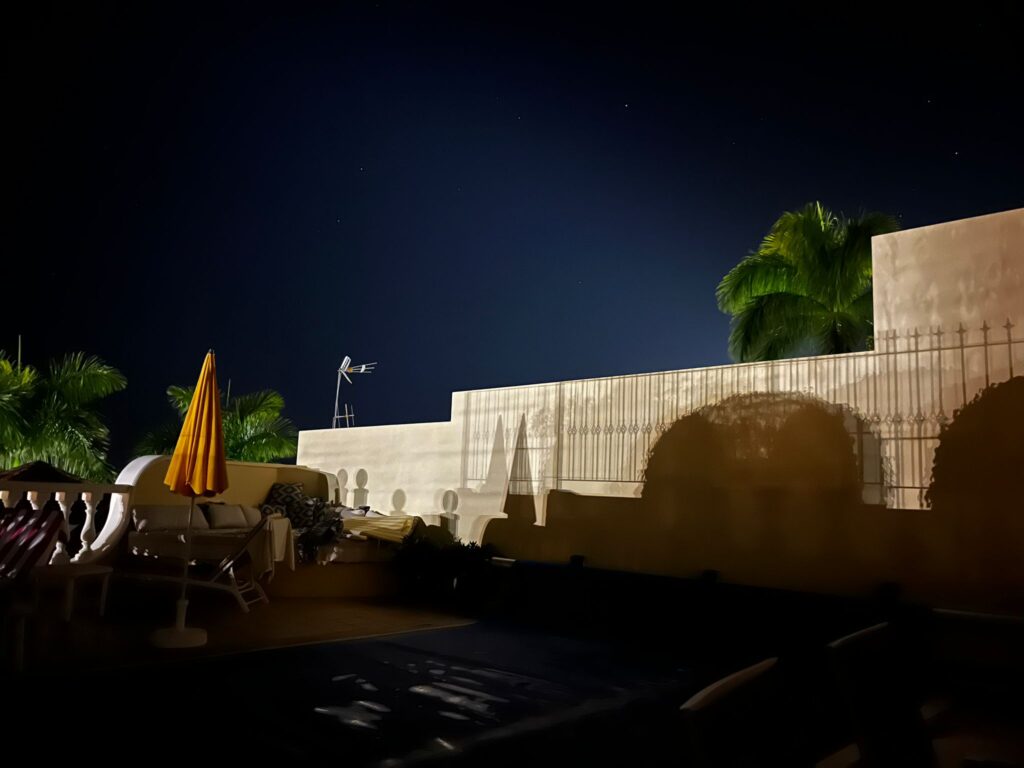
So yes it was bright, very bright, as can be seen on the villa party wall.
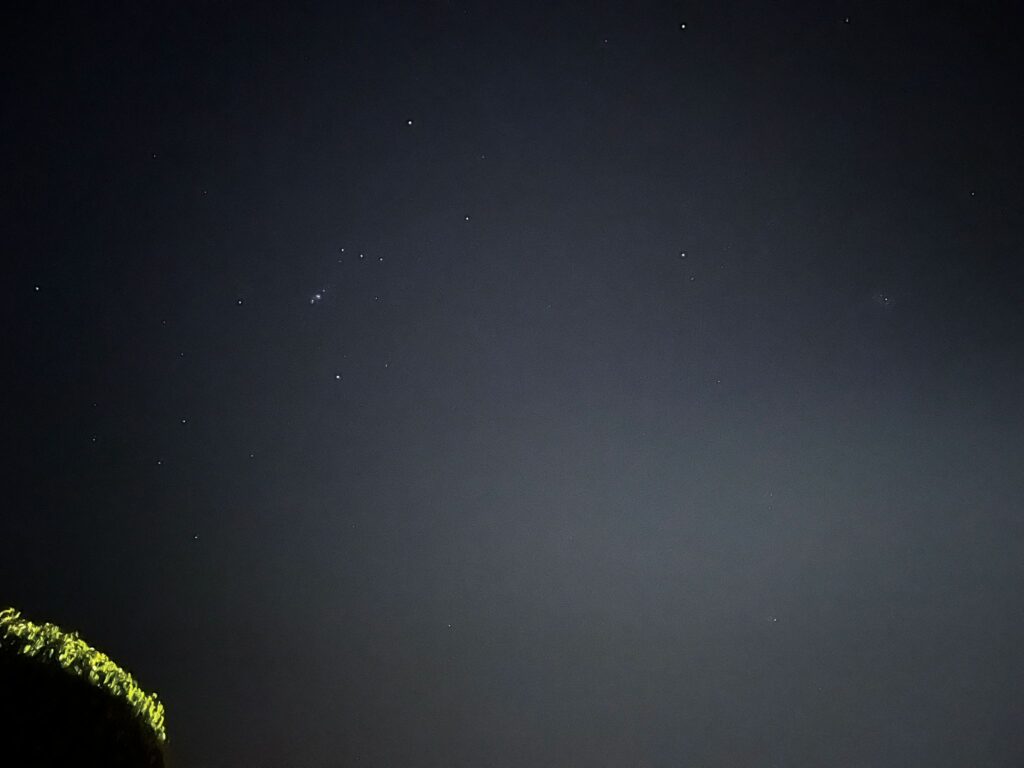
So given all that light pollution I was then pleasantly surprised how well the final image came out of the singular target I chose. NGC 2244, the Rosette Nebula.
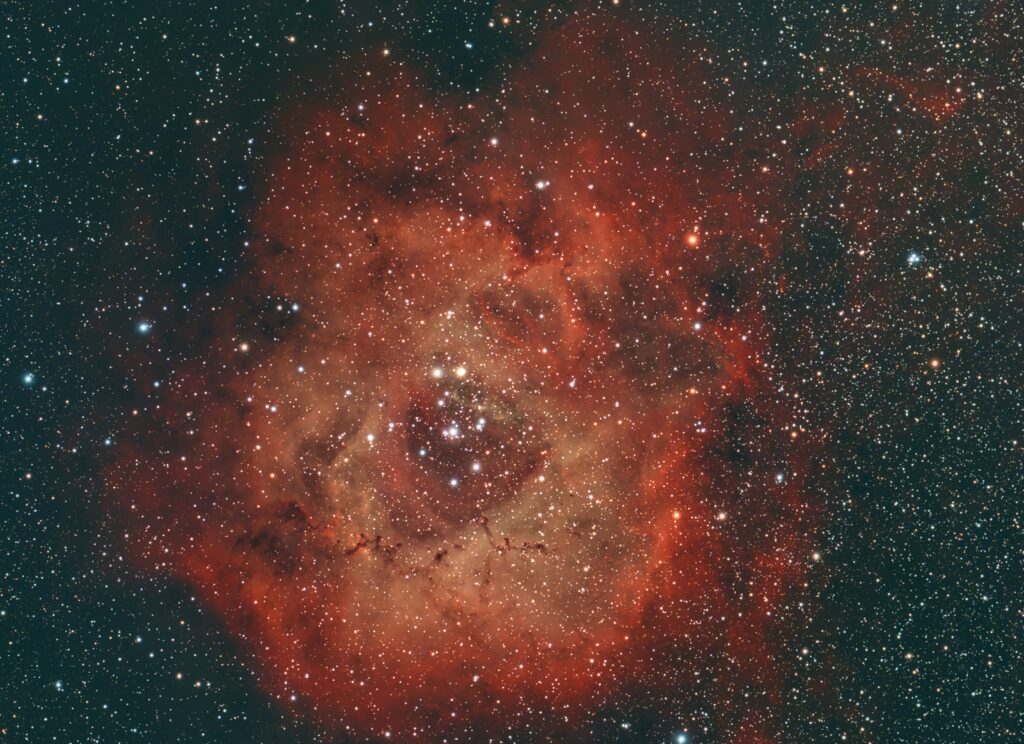
I exposed for some 75 x 300s over the 2 nights. All the images were on the West side of the Meridian to make it easier without a flip.
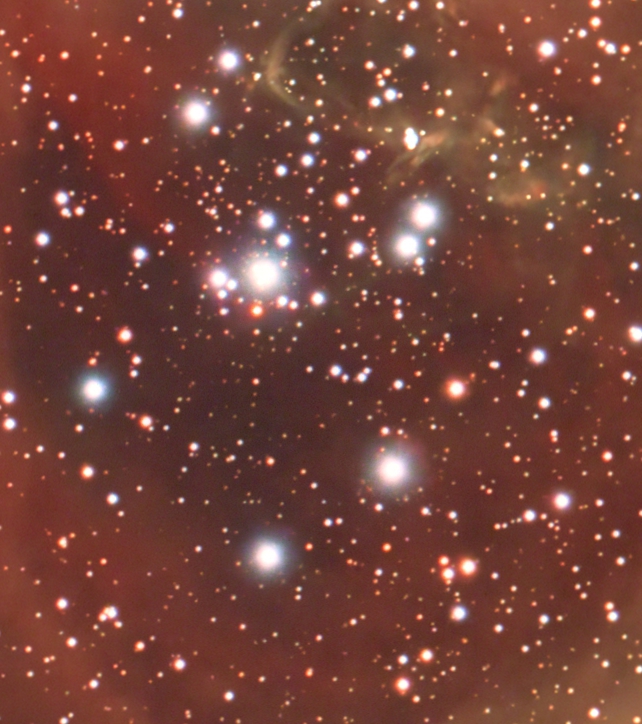
I found stacking 75 images instead of just the first night of 30+ images gave a much smoother background and nebula, much less noise and easier to work with the data.
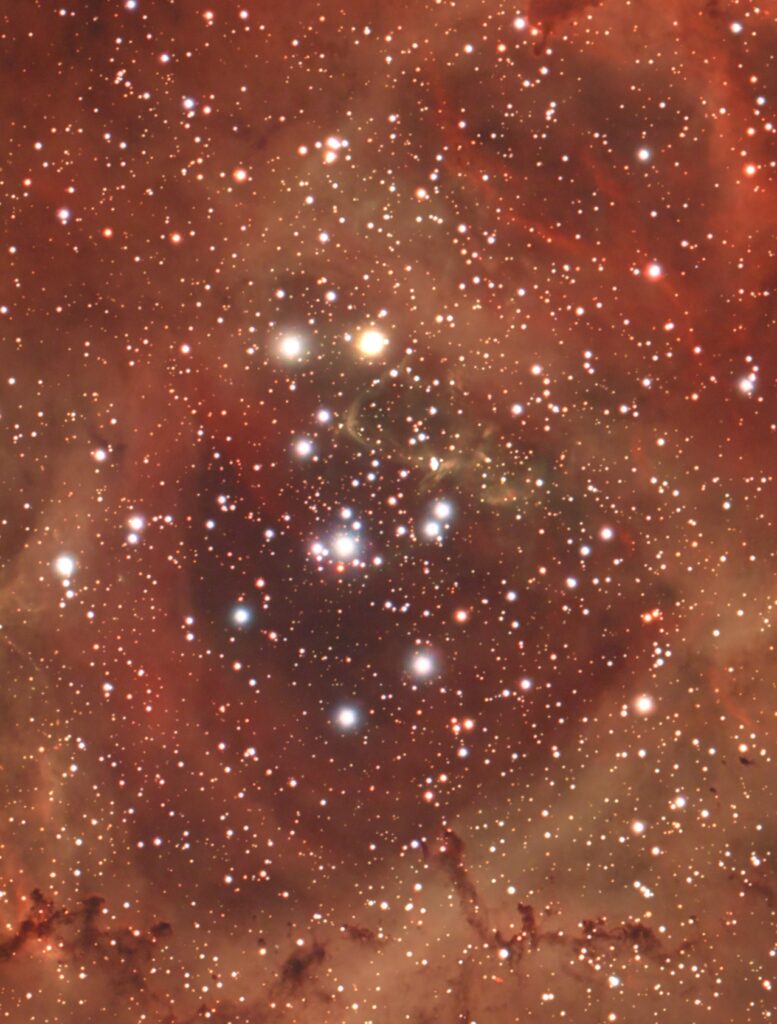
So not a bad photo for Full Moon and 3 flood lit pitches. I look forward to testing out the kit at the top of the mountain later in the year under New Moon dark skies.


